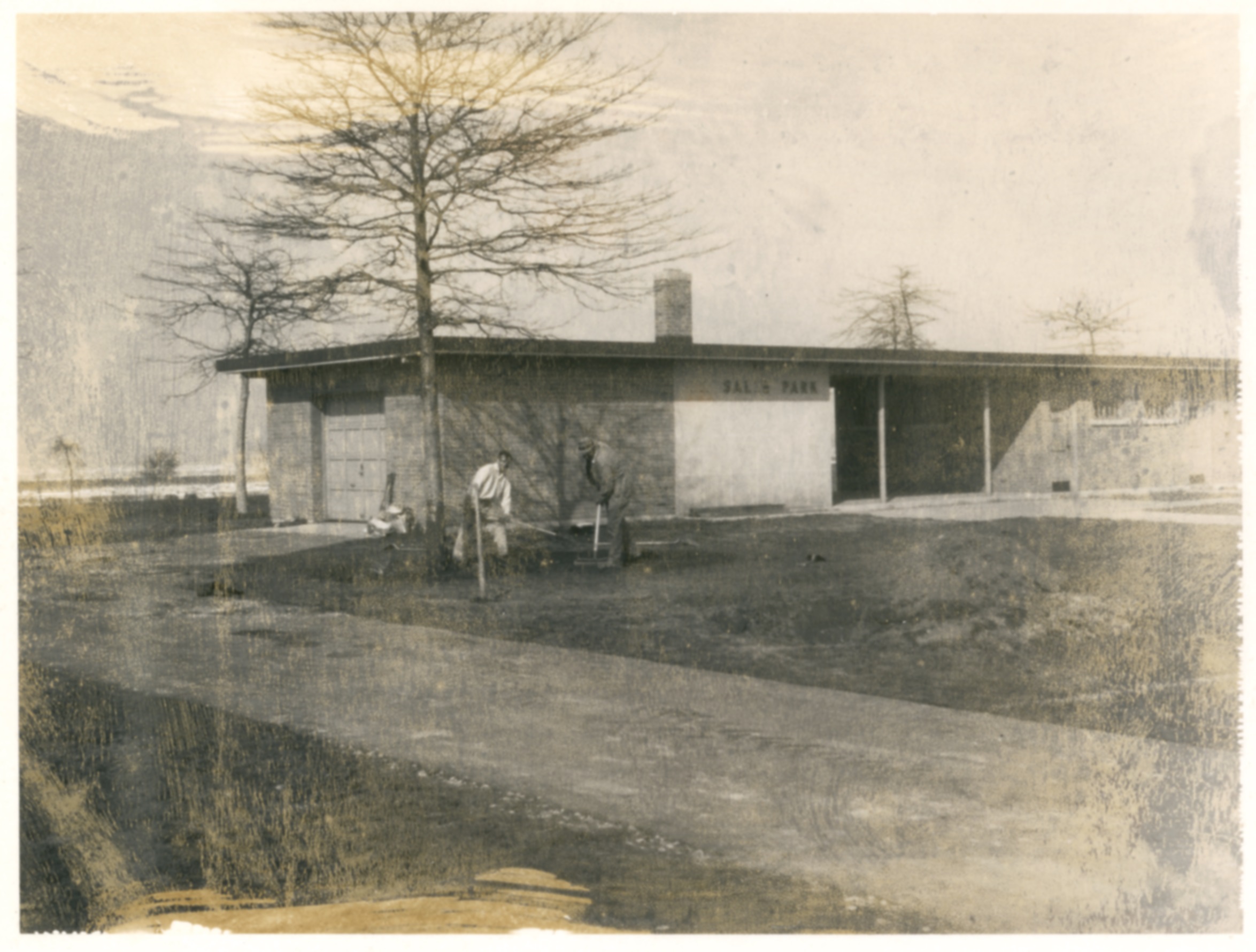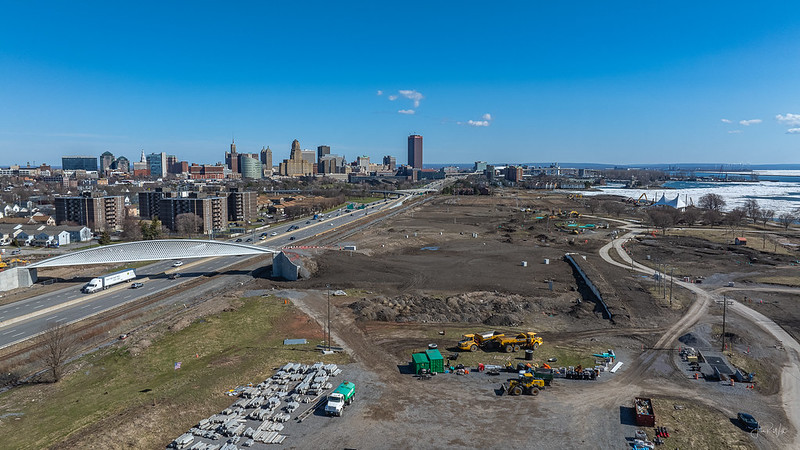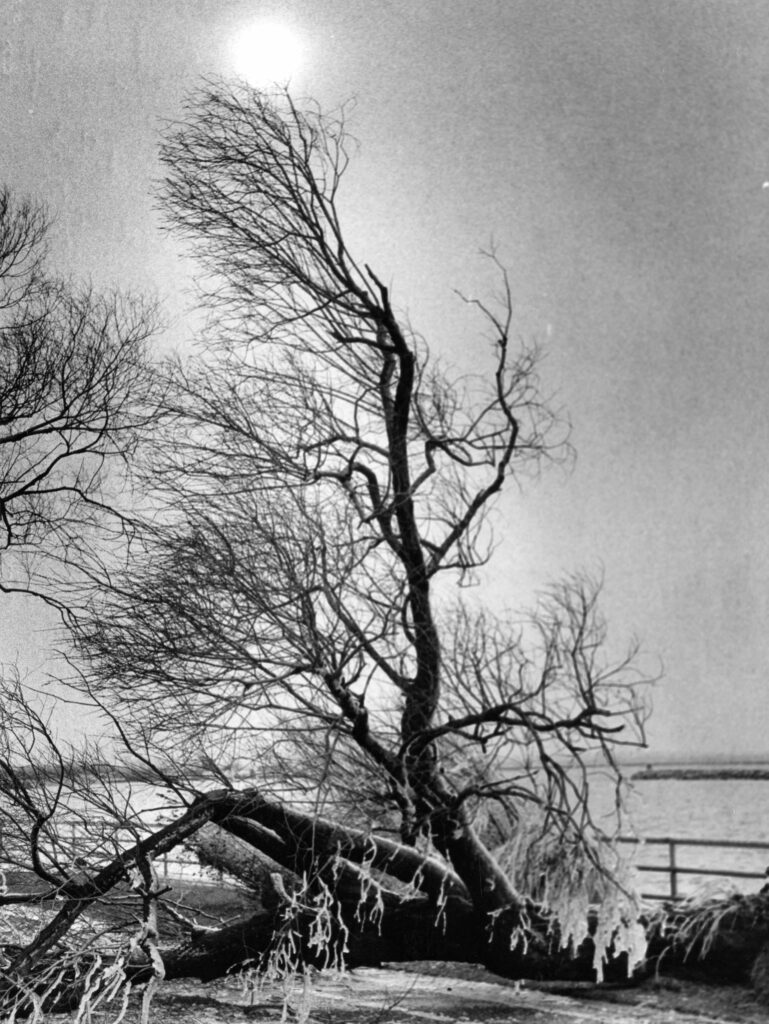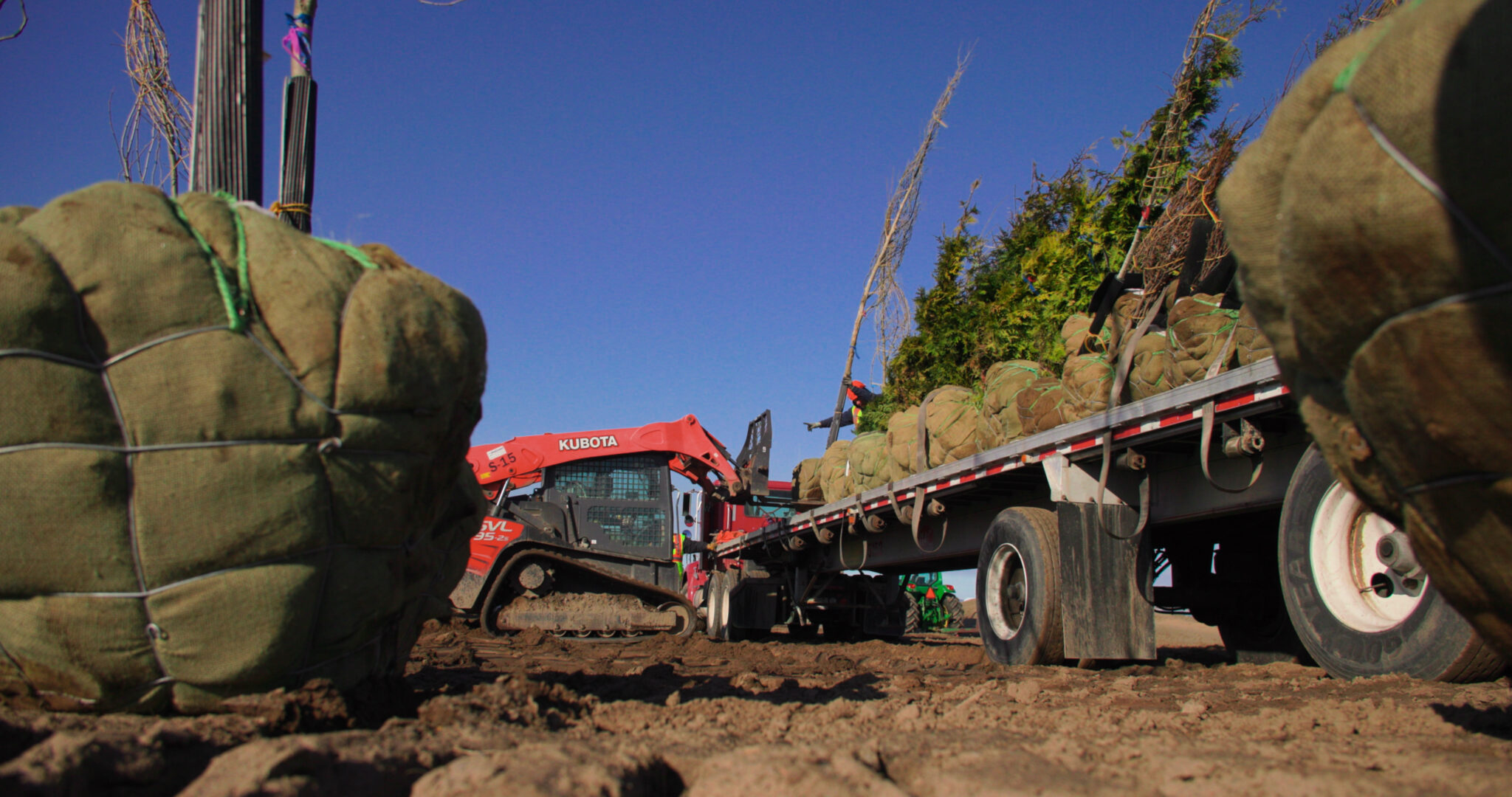
Trees are unlike many other parts of the natural world. Deeply rooted, trees don’t migrate or move beyond the place they were planted. Trees can also have incredible longevity, standing in their rooted spaces for decades, generations, even centuries. While other creatures may come and go and human communities shift from one generation to the next, trees may remain the constant. Left untouched, trees can be the part of a landscape that endures incredible stretches of time.
Trees provide more than just an unchanging feature of the landscape. They offer other lesser-known benefits as well. For example, trees are a good food source, with many species edible to humans. This fact is not reflected in global diets that rely primarily on eight edible plants, none of which are trees. Likewise, for much of human history people have understood the medicinal properties of trees, knowledge now lost in most urbanized societies. Coniferous trees possess anti-inflammatory properties, Betulaceae (Birch) trees contain antiviral capacities, and members of the Cupressaceae (cypress) family are fungicidal (with the potential to help solve antibiotic resistance problems). That is naming just a few. The wood from medicinal trees can release medically-active aerosols linked to health benefits, addressing a variety of human ailments. Current research is rediscovering these benefits and inspiring medical practitioners around the world to adopt tree-linked therapies like forest bathing as a complement to Western medical practices.
While we often think of trees as naturally occurring parts of the wild world, humans have a long history of intentionally cultivating or influencing the trees in our landscapes. In addition to their natural benefits, humans benefit from the more intentional planting and care of trees as well. Today, trees are an essential part of the urban planning tool kit. Studies have shown intentional cultivation of certain trees in urban areas helps solve urban heat stress. In studies of urban centers around the world, their purposeful placement effectively lower temperatures. Greening guidelines for urban planning are now an important part of building for a warmer world.
Both the natural and human-influenced benefits of trees are undeniable. So what about the trees in the new Ralph Wilson Park? Or, more bluntly, our current lack of trees? One of the harder points of change that came with the start of redesigning the park was the removal of trees. While many may not be aware of medicinal, edible, or health-boosting properties of a tree, we do know when something looks like it took awhile to grow. There can be something unsettling about a slow-growing part of nature felled in an afternoon. While the landscape of the new park is under construction, treeless stretches of land are what the community has faced for awhile now. This is not the first time this has happened, of course. The construction of the parks that preceded Ralph Wilson were at one point treeless spaces waiting for their landscapes as well. Despite this, we acknowledge the difficulty that comes with watching park construction, even if it is to make way for a better future.

Photo: Our park before relandscaping in 1931. This construction phase eventually led to vibrant greenspaces at Centennial Park, and then LaSalle Park. Collection of the Buffalo History Museum. General photograph collection, Parks-Buffalo and Erie County- Ralph C. Wilson Jr. Centennial- Centennial Park.

Photo: Our park before relandscaping in 2025. This construction phase will eventually led to vibrant greenspaces at Ralph Wilson Park, ones capable of thriving far into Buffalo’s future. Credit: Ralph Wilson Park Conservancy, John Witt Photography.
The title of this article, A Legacy of Trees, may at first seem ironic in the face of construction that left us without trees in the new Ralph Wilson Park. But legacy is not just about preserving the past. Sometimes, our present leaves us in a situation where legacy must be built anew. The former LaSalle Park was unlikely to survive the coming decade. The blasting Lake Erie storms that felled trees and battered the park in the past are only increasing in frequency and severity. The shoreline has been eroding and the park’s previous landscape could not provide the stability needed to survive anticipated changes. The removal of existing trees and other changes were made to make way for a stronger, more resilient landscape. What is coming needs to be stronger than what was there before, and it will be.

Photo: One of many trees who faced the wrath of nature at the park’s shoreline in a winter storm. Collection of The Buffalo History Museum. General photograph collection, Parks.
The park may remain mostly closed and under construction this season, but its new landscape is already being brought to life. In 2022, the Ralph C. Wilson Jr. Foundation granted the Western New York Land Conservancy (WNYLC) more than half a million in funds to collect native seeds and prepare them to be planted in the new park. In November 2024, warm fall weather supported early placement of native saplings in the south part of the park. The work continues this spring. A current push to replant the park is seeing the installation of over 1,300 trees and almost 600 shrubs, as well as tens of thousands of grasses, groundcover plantings, and perennials. And those are just for phase one of the multi-phase effort to create a thriving landscape legacy.
The sheer number of trees and plants slated for installation at the park is not the only impressive part of the final landscape plan. The diversity of plants going in is also noteworthy. The final park will not be a haphazard home to a few species selected for simple landscaping or aesthetics. It will be an intentionally designed urban ecosystem that will support native wildlife, remain resilient to future environmental threats, and serve human visitors of the new park for generations.
Photo: New trees being planted in Fall 2024 and the start of our new landscape and legacy of trees. Credit: Ralph Wilson Park Conservancy.

Photo: Our work to install a new legacy of trees continues as we welcome locally-grown trees, delivered in April 2025. Credit: Ralph Wilson Park Conservancy, Brandon Moran.
The relandscaped Ralph Wilson Park will see evergreen trees providing year-round greenery. It will be home to many well-known varieties like Fraser Firs and Norway Spruces (often found at Christmas tree farms), as well as lesser-knowns like Bosnian and Japanese Black Pines. Colorful, seasonal variety, a much-loved aspect of living in Western New York, will be celebrated with nine species of Oak, American Sycamores, Largetooth and Quaking Aspens and breathtaking Autumn Blaze Freeman Maples. Understory trees will fill out the landscape as well. We will be planting magnolias, serviceberries, and flowering cherries to inhabit the shade of the towering trees. The shrubs and groundcover plants have also been intentionally selected. The final park will host tyegrasses, bluegrasses, elderberries, holly and chokeberries, to name just a few.
Different parts of the park need different vegetation and the landscape design reflects this. The wetlands will be filled with sedges, water plantains, pondweeds, and bulrushes, decidedly different from the sledding hill’s towering oaks, fragrant firs, and eye-catching maples. Even underwater parklands will host thoughtful landscapes. Submerged vegetation with underwater aquatic varieties aimed at stabilizing the new shoreline are an integral part of the new park landscape.
Expect color in the final park. Those Autumn Blaze Maples, known for their orange and scarlet transformations, will make every fall a sight to see. Our white winters will also be made vibrant with plantlife like Winter Red Winterberries. And the roadways into the park will host eye-catching Catalpas, trees that will bloom white each May and June to contrast with Buffalo’s springtime explosion of green.
The removal of trees to relandscape may feel at first like an interference with Mother Nature. But we must remember the park has been a human-created landscape since much of its acreage was dredged from the lake almost a century ago. Humans have been influencing it since. We are putting in another new human-decided landscape now, this one with a more intentional outlook. We are doing this with an eye towards the future, using a conscious, scientifically-backed plan to grow a legacy that has a hope of surviving, and thriving, in the years to come.
Lead Photo: A polaroid from 1959 capturing the planting of Pin Oak trees in the park. Collection of The Buffalo History Museum. General photograph collection, Parks.
To read more about the project this article is a part of, check out our HEP page for past and future reading on heritage-building at Ralph Wilson Park in Western New York.









